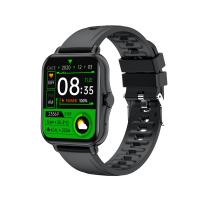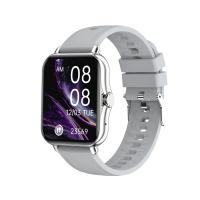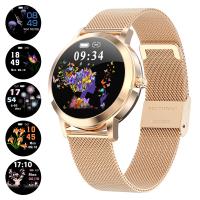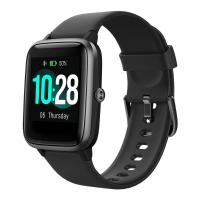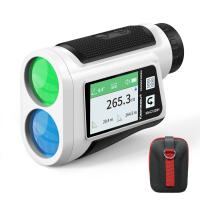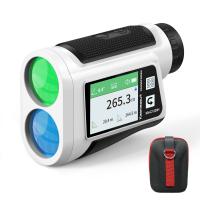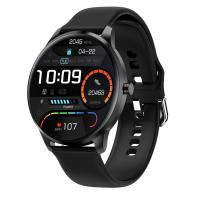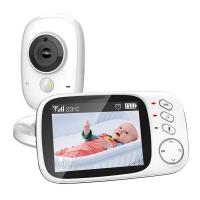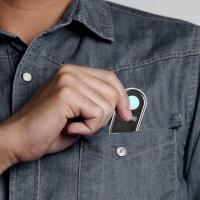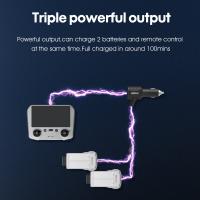How Does A Smart Watch Measure Blood Pressure?
In recent years, smartwatches have evolved from simple timekeeping devices to sophisticated health monitoring tools. One of the most intriguing features of modern smartwatches is their ability to measure blood pressure. This capability has significant implications for personal health management, allowing users to monitor a critical aspect of their cardiovascular health conveniently. But how exactly do these devices measure blood pressure? In this article, we will delve into the technology behind smartwatches that measure blood pressure, the accuracy of these measurements, and their practical applications.
The Technology Behind Blood Pressure Measurement in Smartwatches

Optical Sensors and PPG Technology
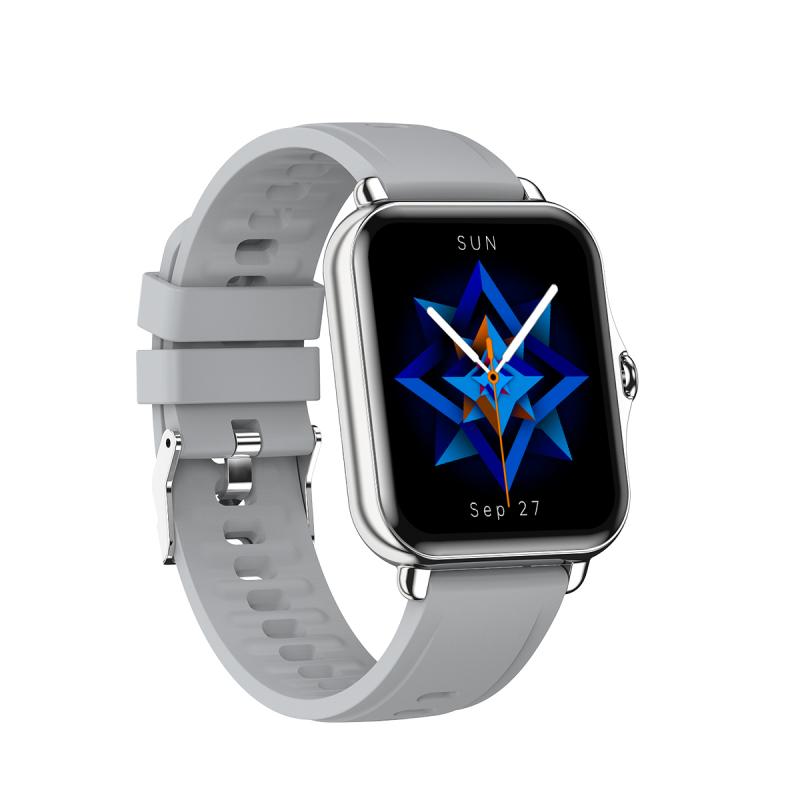
Most smartwatches use optical sensors to measure various health metrics, including heart rate and blood oxygen levels. These sensors employ a technology called photoplethysmography (PPG). PPG works by shining a light (usually green) onto the skin and measuring the amount of light that is either absorbed or reflected back. The changes in light absorption or reflection are caused by the pulsatile nature of blood flow, which can be used to determine heart rate.
For blood pressure measurement, the process is more complex. Some smartwatches use advanced algorithms to analyze the PPG signal and estimate blood pressure. These algorithms take into account the time it takes for the blood to travel from the heart to the wrist, known as pulse transit time (PTT). PTT is inversely related to blood pressure; a shorter PTT usually indicates higher blood pressure and vice versa.
Electrocardiogram (ECG) Sensors
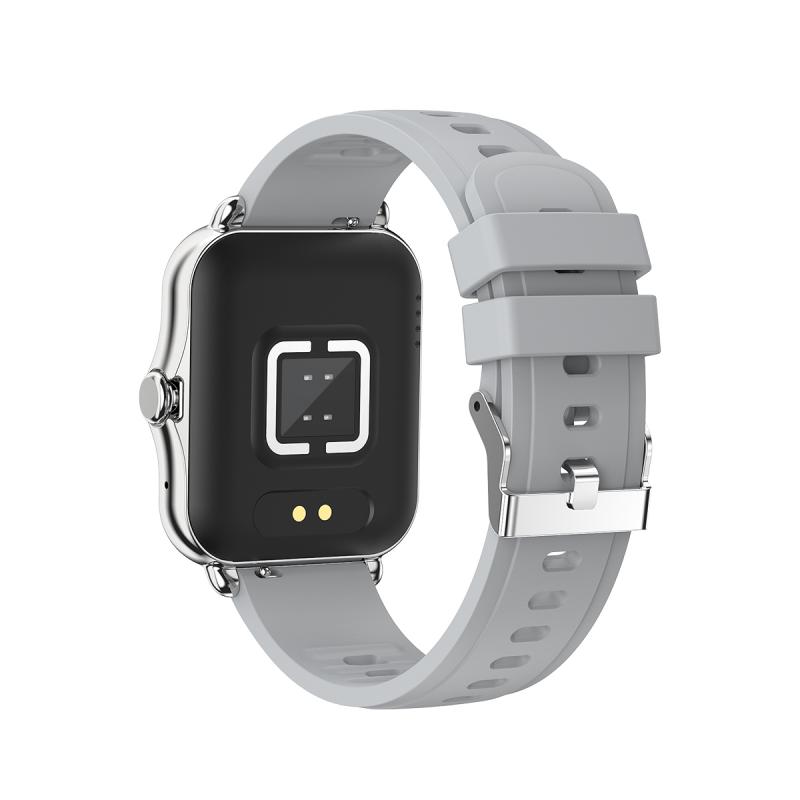
Some advanced smartwatches also incorporate electrocardiogram (ECG) sensors. ECG sensors measure the electrical activity of the heart. When combined with PPG data, ECG can provide a more accurate estimation of blood pressure. The ECG sensor helps in determining the exact timing of the heart's electrical activity, which can be correlated with the PPG data to calculate PTT more precisely.
Calibration and Machine Learning
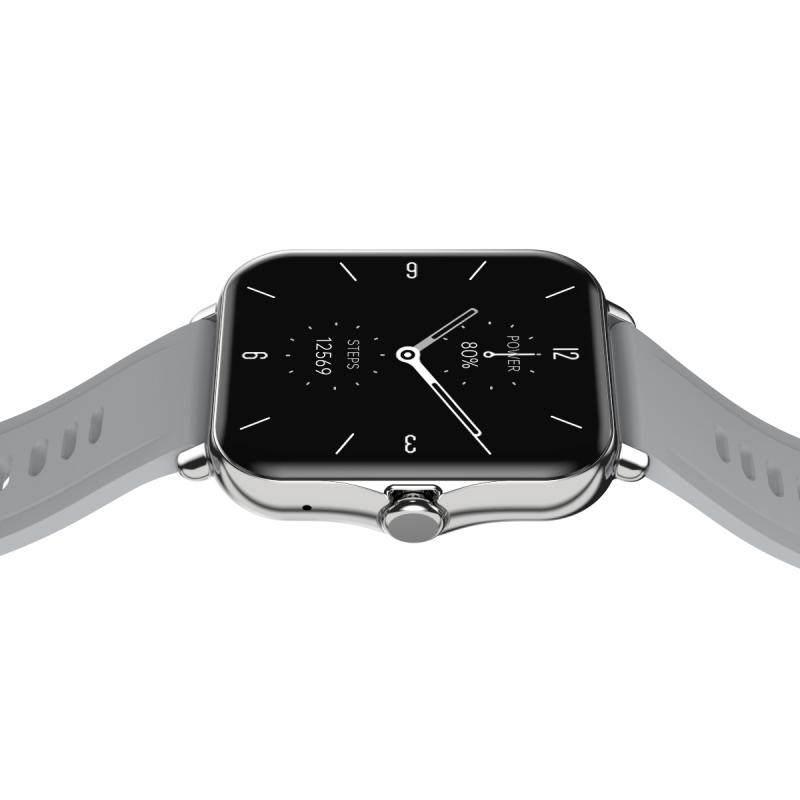
To improve accuracy, many smartwatches require an initial calibration process. This usually involves taking a traditional blood pressure measurement using a cuff-based device and inputting the readings into the smartwatch. The smartwatch then uses this data to calibrate its sensors and algorithms. Over time, machine learning algorithms can further refine the accuracy by learning from the user's data patterns.
Accuracy and Limitations
Clinical Validation
The accuracy of blood pressure measurements from smartwatches can vary. Some devices have undergone clinical validation and have been approved by regulatory bodies like the FDA. These devices are generally more reliable and can provide readings that are close to those obtained from traditional cuff-based monitors.
Factors Affecting Accuracy
Several factors can affect the accuracy of blood pressure measurements from smartwatches:
1. Sensor Placement: The position of the smartwatch on the wrist can impact the readings. It is crucial to wear the watch snugly and in the correct position.
2. Movement and Activity: Physical activity can interfere with the sensors' ability to take accurate measurements. It is recommended to remain still during the measurement process.
3. Skin Tone and Thickness: Variations in skin tone and thickness can affect the PPG signal, potentially leading to less accurate readings.
4. Calibration: Inaccurate initial calibration can lead to consistently incorrect readings. It is essential to follow the calibration instructions carefully.
Practical Applications
Continuous Monitoring
One of the significant advantages of using a smartwatch to measure blood pressure is the ability to monitor it continuously. Traditional cuff-based monitors are not practical for continuous use, but a smartwatch can provide regular updates throughout the day. This continuous monitoring can help in identifying patterns and trends, which can be crucial for managing conditions like hypertension.
Early Detection and Alerts
Smartwatches can also provide early detection of abnormal blood pressure levels. Many devices come with alert features that notify the user if their blood pressure readings fall outside the normal range. This early warning system can prompt users to seek medical advice before a condition worsens.
Integration with Health Apps
Most smartwatches can sync with health apps on smartphones, allowing users to track their blood pressure readings over time. These apps often provide additional features like data visualization, trend analysis, and the ability to share data with healthcare providers. This integration can be particularly useful for managing chronic conditions and for providing doctors with comprehensive data during consultations.
Future Developments
The technology for measuring blood pressure using smartwatches is still evolving. Future developments may include:
1. Improved Sensors: Advances in sensor technology could lead to more accurate and reliable measurements.
2. Enhanced Algorithms: Machine learning and artificial intelligence could further refine the algorithms used to estimate blood pressure, improving accuracy over time.
3. Additional Health Metrics: Future smartwatches may incorporate additional sensors to provide a more comprehensive picture of cardiovascular health, such as measuring arterial stiffness or central blood pressure.
4. Greater Accessibility: As the technology becomes more widespread, it is likely to become more affordable, making it accessible to a broader range of users.
Smartwatches that measure blood pressure represent a significant advancement in personal health monitoring. By leveraging technologies like PPG, ECG, and machine learning, these devices offer a convenient and non-invasive way to keep track of an essential health metric. While there are limitations and factors that can affect accuracy, the continuous monitoring and early detection capabilities provide valuable benefits. As the technology continues to evolve, we can expect even greater accuracy and more comprehensive health monitoring features in future smartwatches. For now, these devices serve as a useful tool for anyone looking to take a proactive approach to their cardiovascular health.

